Stephen Hawking was one of the most influential people in the field of physics, cosmology, and science. He has authored many books such as the Brief history of time, The universe in the nutshell, On the shoulders of Giants, etc. His famous work comprises the following:
Gravitational Singularity
Hawking along with Penrose stated that the universe formed through the big bang theory. The singularity is a point at which objects or light rays can reach in a limited period when the curvature becomes indefinite, or spacetime ceases to be multi-dimensional. Essentially, it is the point at which it is impossible to differentiate between all physical laws, and space and time no longer hold any sense as separate entities. This was the pathbreaking discovery in the world.
Read more, 8 Stunning Discoveries made by Hubble Telescope.
Black hole theorem
Stephen argued that the isolated black body emits radiation that would be independent of the initial state of the star or matter that collapsed to form a black hole. It would solely depend on its mass, angular momentum, and electric charge. As a result, radiations will not retain any initial information. This radiation is popularly called Hawking radiation.
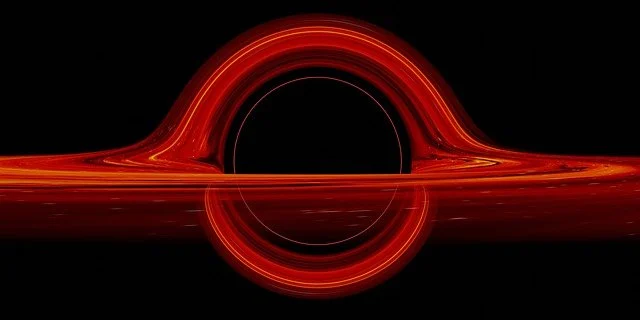
No boundary condition
He believed that time and space should be finite without any boundaries. As per the general relativity principle, the universe must have a particular starting point which ultimately concludes that it could be confined without a boundary. He further suggested that the real-time universe has begun and ended at the singularity that forms a boundary. But considering imaginary time, there are no limits. It follows that by using the no-boundary condition, the universe must have started with just the smallest amount of nonuniformity possible. Then it would have expanded. The whole world seems to have originated with the creation of the universe, followed by star formation, and then human beings. There is neither creation nor destruction of this edgeless, self-contained body.
Different theories about the universe
Over the years, many scientists have put forward various theories about the universe. The existence of the universe was believed to be finite, and it could not have been around for so long. Otherwise, human progression would have happened exponentially. Some traditions argued that the universe started with god’s intervention and that the human race will go on forever.
Later, in 1929, the observation made by Edwin Hubble changed the perspective of the entire community. He stated that the universe is actually expanding. It means that objects used to be closer in earlier times. It was the famous phenomenon called the big bang when the cosmos was infinitesimally thick and tiny. Hawkings said gods might have created this universe before or after the big bang. The expansion of the universe cannot exclude a creator, but the scope of His work is definitely limited.
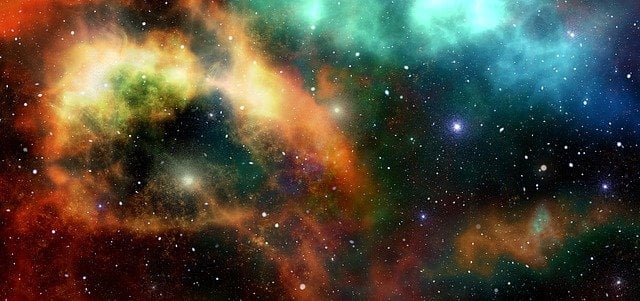
Characteristics of black hole
Before going into much detail, we would like to mention some important facts about the black hole.
A black hole is a body that cannot emit light or radiation. It can have different masses containing an infinite amount of matter. Black holes are classified into three types:
- Supermassive: The combined mass of these black holes exceeds a million suns. As per reports, every galaxy comprises this type of black hole at its center. Sagittarius A is a black hole at the center of the milky way galaxy. Its mass is similar to the mass of 4 million suns.
- Stellar: These are smaller than supermassive. Its mass is 20 times larger than the sun. A Milky Way galaxy may contain dozens of stellar-mass black holes. These are created when a giant star crumbles in on itself.
- Primordial: These are the smallest ones. These types are believed to be the size of atoms but with a mass comparable to a mountain. These are formed immediately after the big bang.
The black hole mainly comprises two parts: event horizon and singularity. An event horizon is the boundary of a black hole which is also called the point of no return. Once anything enters the event horizon, it will directly sink to its center, which is known as a singularity. It is the point of infinite density.
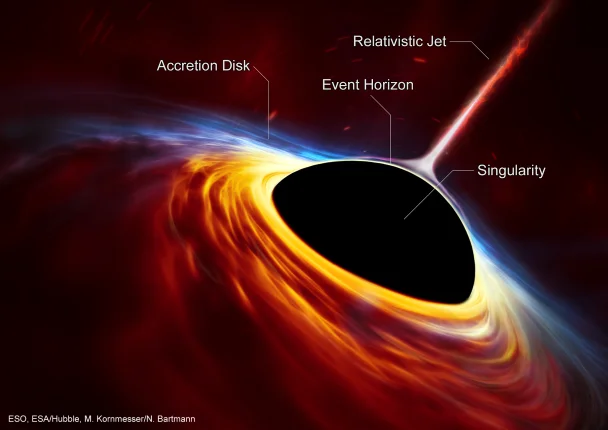
Event horizon according to Stephen Hawkings
According to Stephen, the event horizon occurs when light rays cannot escape a black hole. These light rays must be moving parallel to or away from each other. If not so, then they would have been consumed by the black hole. The event horizon, or boundary of the black hole, may remain the same or even increase in size with time if light rays can never approach one another. The boundary would never decrease, as that would mean that some of the rays of light must be approaching each other. A black hole’s area would expand whenever matter or radiation fell into it.
Refer to our article 10 space facts that stunned the world to know some interesting things about space.
No clear explanation
There are multiple theories and postulates regarding the universe and its composition. However, there is no clear explanation of the theory of everything. Hawkings has stated three possibilities:
- We will someday uncover an absolute unified theory if we are smart enough to find it.
- There is no single ultimate theory of the universe, only a series of theses that explain it in depth.
- There is no way to predict events beyond a certain point, and they occur randomly. Thus, there is no theory of the universe.
This article could not sum up the entire work of Stephen Hawkings. In a nutshell, it offers a glimpse into the complexities of his considerable research.
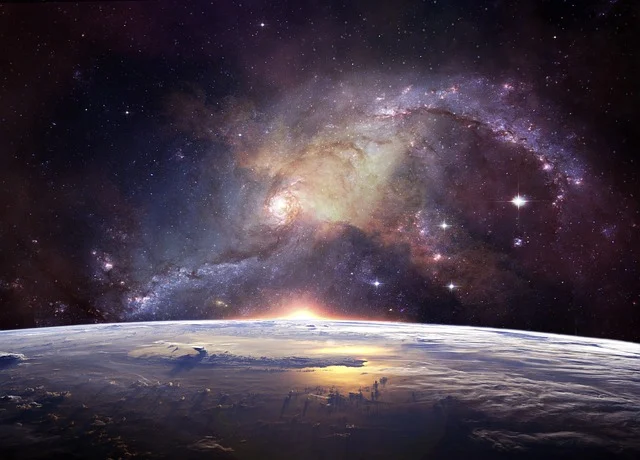


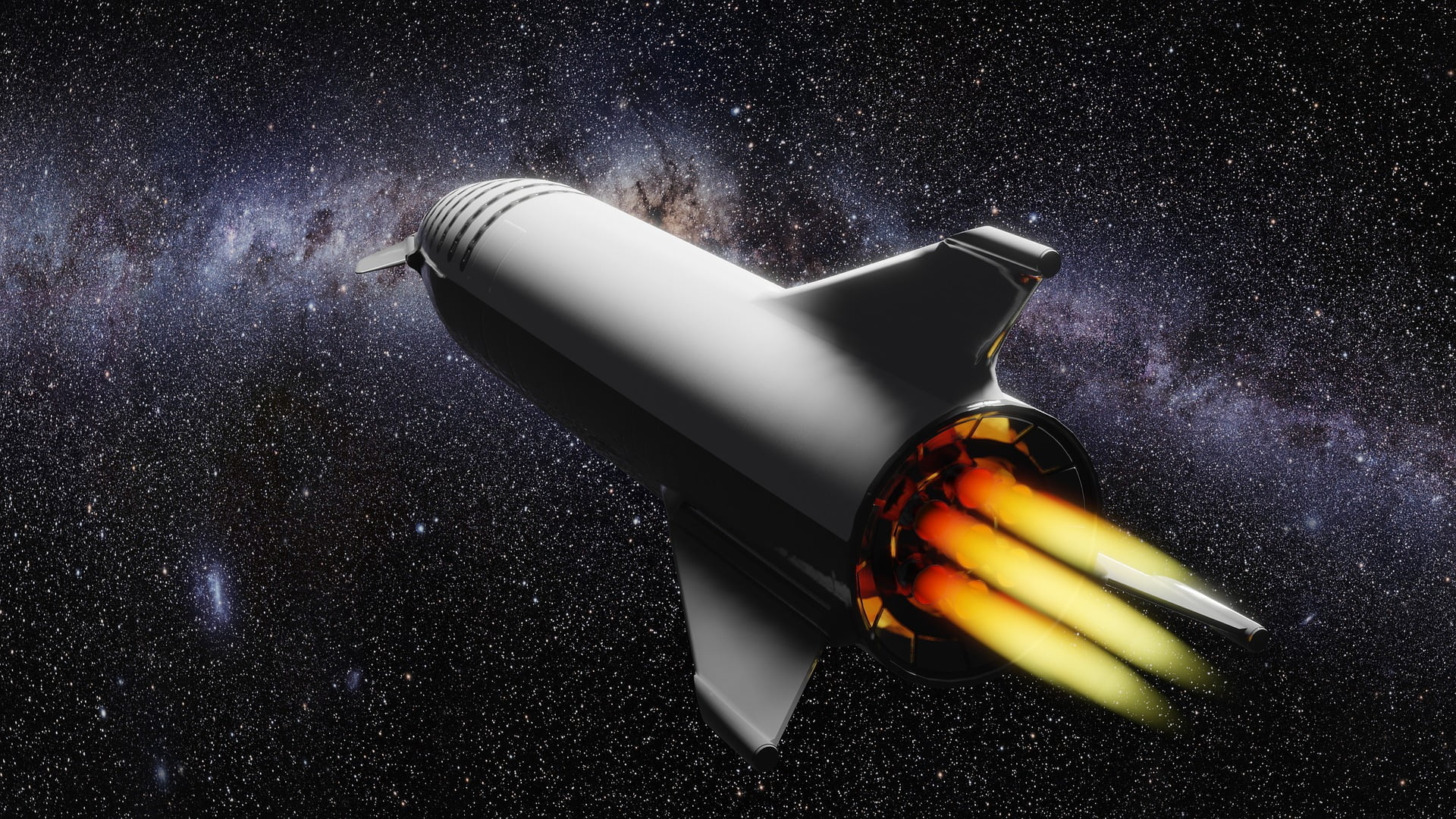
[…] Read more, 6 terrific explorations by Stephen Hawking. […]
[…] our article 6 terrific explorations by Stephen Hawking to know more about universe […]
[…] Learn more, 6 terrific explorations by Stephen Hawking. […]